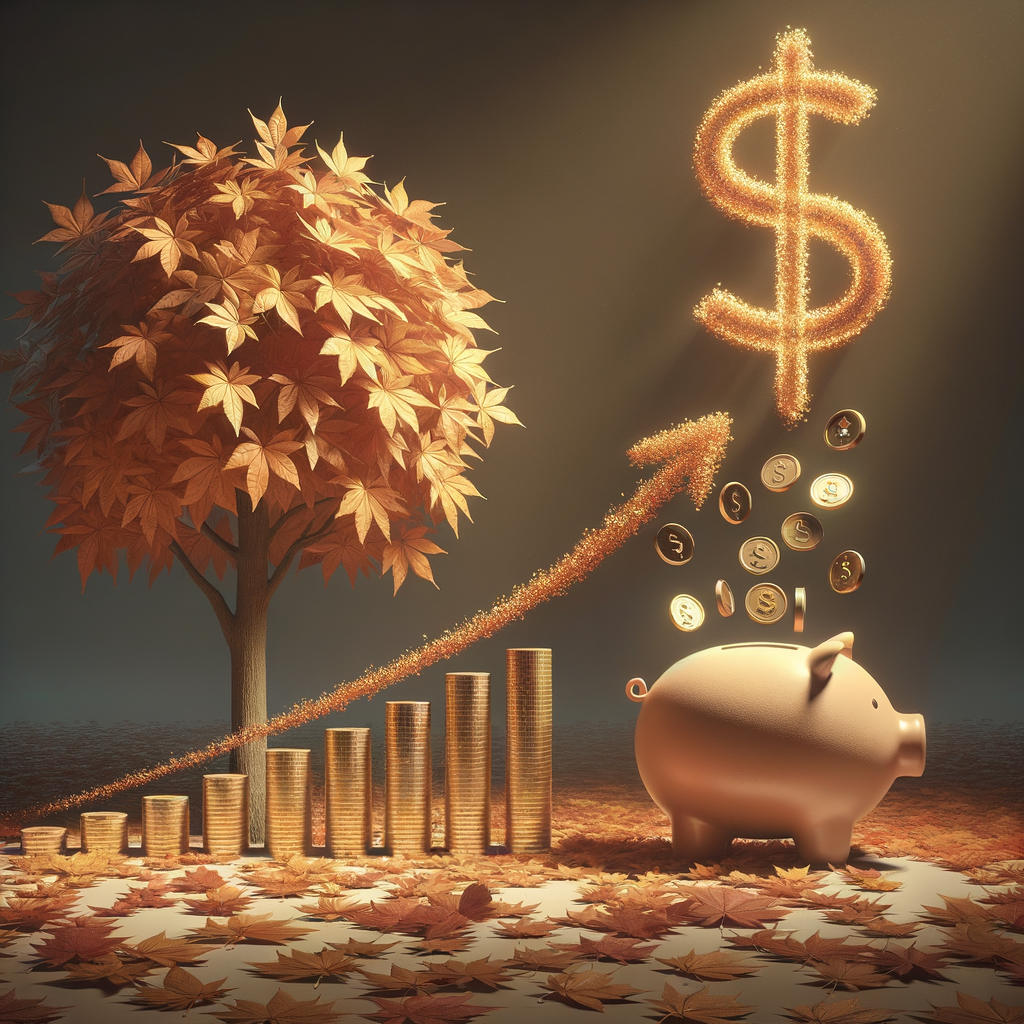Analyzing the Economic Implications of U.S. Consumer Credit Exceeding $5 Trillion
November Marks the First Time U.S. Consumer Credit Surpasses $5 Trillion
In a landmark moment for the U.S. economy, consumer credit has soared past the $5 trillion mark for the first time in history. This milestone, reached in November, reflects a robust consumer sector that continues to be a driving force behind the nation’s economic growth. As Americans take on more auto loans, student debt, and credit card balances, the implications of this surge in borrowing paint a complex picture of confidence and challenges ahead.
The rise in consumer credit is indicative of the optimism that pervades the U.S. economy. With unemployment rates hovering near historic lows and wages showing signs of an uptick, consumers are evidently feeling secure enough to take on additional debt. This confidence translates into spending, which in turn fuels businesses and keeps the economic engine humming. Retailers, in particular, are beneficiaries of this trend, as evidenced by strong sales figures that often correlate with increased consumer borrowing.
Moreover, the expansion of credit is not just a sign of consumer confidence; it also reflects the accessibility of credit in today’s financial landscape. Financial institutions have been extending more credit to a broader range of consumers, including those with less-than-perfect credit scores. This democratization of credit is a positive development, as it allows more individuals to invest in education, purchase homes, and start businesses, which are all activities that contribute to a dynamic and inclusive economy.
However, the crossing of the $5 trillion threshold is not without its concerns. Economists are keeping a watchful eye on the quality of the debt being accumulated and the ability of borrowers to manage their increasing financial obligations. The rise in consumer credit also includes a significant amount of non-revolving debt, such as student loans, which can have long-term implications for younger generations and their future spending power.
Despite these potential headwinds, the current state of consumer credit is largely seen as a testament to the resilience of the American consumer. The Federal Reserve’s careful management of interest rates has helped keep borrowing costs relatively low, which in turn supports continued consumer spending without triggering unsustainable debt levels. Additionally, the financial literacy movement has gained momentum, empowering consumers to make more informed decisions about their finances and to borrow responsibly.
As we look to the future, the surpassing of the $5 trillion mark in consumer credit is a reminder of the vital role that consumer spending plays in the U.S. economy. It also underscores the importance of maintaining a balance between leveraging credit for growth and ensuring that debt levels remain manageable. With the right mix of policy support, financial education, and economic opportunity, the growth in consumer credit can be a positive force that contributes to a prosperous and resilient economy.
In conclusion, the milestone reached in November is both a cause for celebration and a call to vigilance. It highlights the strength and confidence of U.S. consumers, while also serving as a prompt for all stakeholders—consumers, lenders, and policymakers alike—to ensure that the credit environment remains healthy and supportive of long-term economic stability. As the U.S. consumer credit market enters uncharted territory, the optimism surrounding this achievement is tempered with a commitment to fostering sustainable economic practices for the years to come.
Consumer Spending Trends: How Surpassing $5 Trillion in Credit Affects the U.S. Economy
November Marks the First Time U.S. Consumer Credit Surpasses $5 Trillion
In a landmark moment for the U.S. economy, consumer credit has soared past the $5 trillion mark for the first time in history. This milestone, reached in November, underscores the robustness of American spending and reflects a growing confidence in the nation’s economic future. As consumers continue to leverage credit for purchases ranging from daily necessities to big-ticket items, the ripple effects on the economy are multifaceted and largely positive.
The surge in consumer credit is indicative of several underlying trends. Firstly, it signals that Americans are feeling optimistic about their financial prospects, emboldened by a labor market that has shown resilience and adaptability in the face of global challenges. With unemployment rates hovering at historic lows, many consumers have a greater sense of job security, which often translates into a willingness to take on manageable debt.
Moreover, the rise in credit usage can be attributed to the increasing accessibility of credit options. Financial institutions have been expanding their offerings, with innovative lending products and fintech solutions that cater to a diverse range of consumer needs. This democratization of credit has enabled more individuals to participate in the economy in ways that were previously out of reach for some segments of the population.
The impact of this credit expansion on consumer spending is significant. As credit becomes more available, consumers are empowered to make purchases that drive economic growth. This spending stimulates business activity, leading to job creation and further investment in goods and services. In turn, this cycle fuels a robust economy, characterized by a dynamic exchange of goods and services.
However, the growth in consumer credit also necessitates a closer look at the quality of debt being accumulated. While an increase in credit can denote confidence and economic vitality, it is crucial that this debt remains sustainable. Financial education and responsible lending practices play a pivotal role in ensuring that consumers do not overextend themselves, which could lead to financial strain and potential downturns in economic activity.
Nevertheless, the current trend suggests that consumers are managing their credit wisely. Delinquency rates have remained relatively low, indicating that most borrowers are keeping up with their repayment obligations. This responsible use of credit is a positive sign for the economy, as it suggests that growth is being driven by healthy consumer activity rather than unsustainable borrowing.
As we look to the future, the surpassing of the $5 trillion mark in consumer credit is more than just a number—it’s a testament to the resilience and optimism of the American consumer. It reflects a collective confidence in the economy and a willingness to invest in personal and household growth. With careful monitoring and continued financial literacy efforts, this milestone can serve as a foundation for sustained economic prosperity.
In conclusion, the unprecedented level of consumer credit reached in November is a clear indicator of the strength and potential of the U.S. economy. It represents the culmination of positive labor market conditions, increased access to credit, and a consumer base that is both eager and able to participate in the nation’s economic life. As we move forward, this trend has the potential to further invigorate the economy, provided it is supported by responsible borrowing and lending practices. The crossing of the $5 trillion threshold is not just a moment to mark in the annals of economic history, but also a moment to look ahead with optimism at the continued growth and vitality of the U.S. economic landscape.







